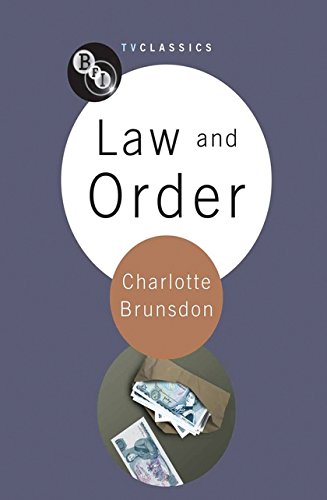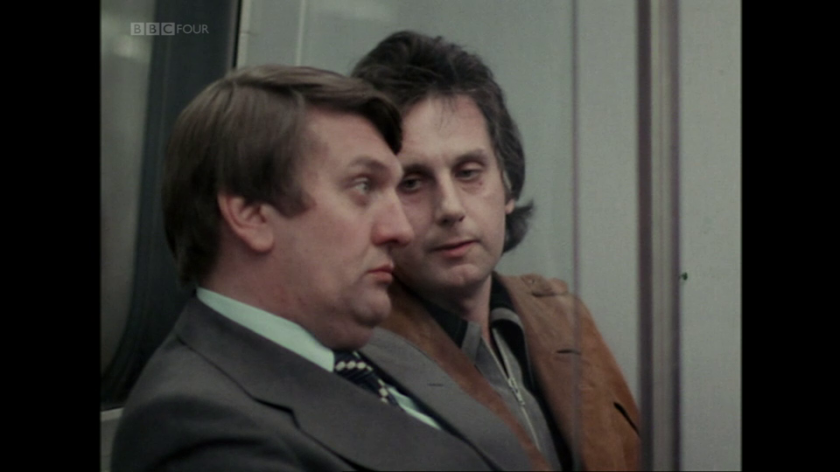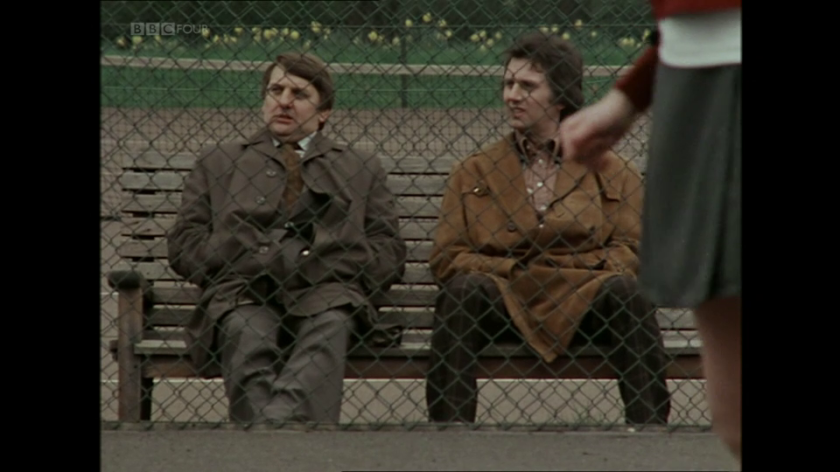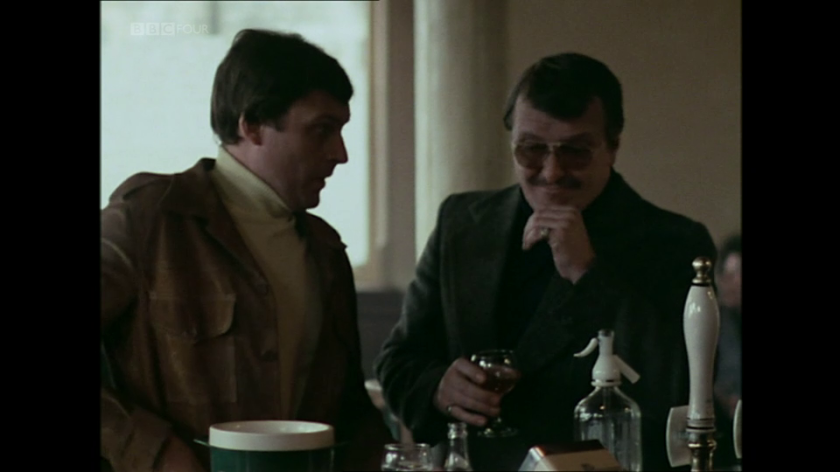
When is a series not a series? The 40th anniversary repeat screening of Law and Order was a rare opportunity to view a pivotal moment in the development of British crime drama. Press reports referred to the production as a missing link between The Sweeney and Life on Mars. Citations in screen history books and use of clips in “top 10” type programmes have given Law and Order an almost mythological status and yet for much of the past forty years, it has been inaccessible. BBC Four’s repeat transmission is listed as a “drama series.” Does this classification direct the viewer toward a specific reading? If Law and Order was billed as agitprop, plays, or a film in four parts would the audience construct a different interpretation?
First published in 2010, Charlotte Brunsdon’s analysis of the programmes situates them within debates concerning systemic judicial corruption and, retrospective readings of the 1970s as an era characterized by economic and social decline. Her study draws on archive research to illustrate the BBC and government’s response to complaints about perceived editorial bias.

Broadcast in 1978, a year before Margaret Thatcher’s Conservative government took office, Law and Order was initially praised by reviewers. Over the four weeks of transmission, a backlash grew, which saw the corporation being criticised in the House of Lords and being prohibited from filming inside prisons. In the last year of Harold Callaghan’s Labour government, the BBC was attempting to negotiate a licence fee settlement in a hostile economic environment while awaiting the results of a commission determining the possibility of a fourth terrestrial channel.
Accused of not sufficiently labeling the programmes as fiction the broadcaster was under effectively under siege by an outgoing administration who felt the judicial system had been unjustly smeared, and an incoming government determined to reinforce the rule of law.
As the author notes prior to the release of a limited edition DVD in 2008 Law and Order had effectively vanished. Broadcast a few years before domestic VCRs became commonplace that it was unavailable for decades is not uncommon. Many dramas from that period are currently languishing in archive vaults and will continue to do until an enterprising DVD company determines that an audience exists for the product and negotiates rights to release it. In analyzing Law and Order’s significance the author may have placed too much emphasis on factors concerning its relative obscurity in comparison to ITV series from that period. The BBC’s agreement with actor’s union Equity allowed for one repeat transmission within a two-year timeframe. After the two year period had elapsed rights to broadcast had to be renegotiated and fresh payments issued. The costs associated with renegotiation are key factors in why so many hours of television made prior to 1978 was junked.

Law and Order was originally broadcast as part of the Play for Today strand. Brunsdon highlights why labeling the drama as a “play” had significant implications for how the viewer may have interpreted screen events. Produced a few years before the BBC decommissioned Play for Today, Law and Order deliberately blurred the line between drama and docu-drama. Using techniques associated with crime drama and fly-on-wall documentaries transmission the programmes creative team was able to convey unpalatable truths about cracks in the judicial system. The author’s contextualization draws attention to the fact that during the 1970s police officers were routinely engaged in corrupt practices. This was an era when high profile miscarriages of justice fuelled calls for institutional reform. Political figures interpreted the broadcast of Law and Order as a provocative act designed to undermine public faith in the judicial system.
Analysing individual episodes Brunsdon considers if producer Tony Garnett was attached to the project due to expectations he would deliver controversial drama that might trigger public debate. His last production for the BBC before leaving to work in America, Garnett’s distinguished track record included collaboration with Ken Loach. The author demonstrates that his earlier work (Up the Junction, Cathy Come Home) was typified by e use of real locations and unknown actors. Acknowledging difficulties ascribing authorship in a collaborative medium, Brunsdon places emphasis on the role Garnett played in fostering an environment that enabled the writer, director, and actors to flourish creatively.

Brunsdon’s monograph questions if the use of the serial-format may have contributed to the backlash. Dramas broadcast under the Play for Day banner were usually one-off productions. Exceptions such as Flipside for Dominick Hide and Another Flip for Dominick occurred due to strong public and critical response to the originating play. Law and Order’s episodic structure placed it in between the then familiar formats of one-off drama and continuing series. Fictional and observational formats were consciously combined to cause an uproar. Illustrating how the audience confused fictional and reality, actor Derek Martin was booed by a crowd at a football match shortly after the first episode’s transmission.
Charlotte Brunsdon’s study uses contemporary documentation to demonstrate how in a pre-multi channel era popular drama had the power to stimulate public debate about institutions.
Law and Order is published by BFI.
Radio 4’s Thinking Aloud discusses the plays impact and legacy
